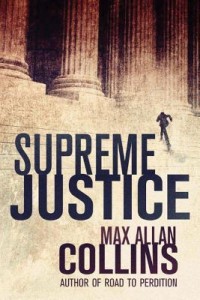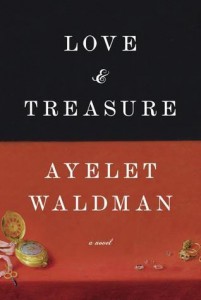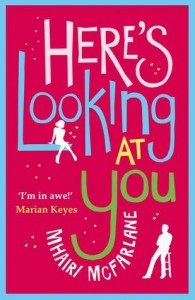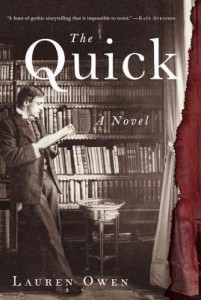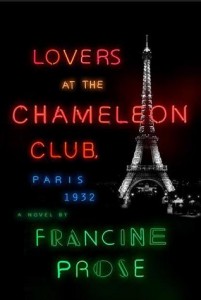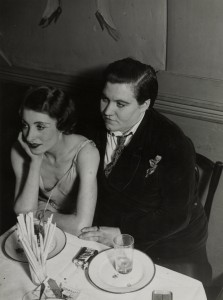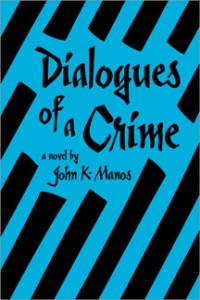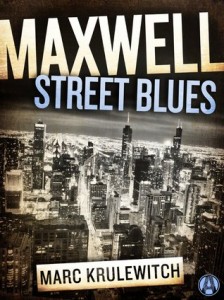 Format read: ebook provided by NetGalley
Format read: ebook provided by NetGalleyFormats available: ebook
Genre: Mystery
Series: Jules Landau, #1
Length: 245 pages
Publisher: Alibi
Date Released: August 5, 2014
Purchasing Info: Publisher’s Website, Goodreads, Amazon, Barnes & Noble, Kobo
Chicago runs in Jules Landau’s veins. So does the blood of crooks. Now Jules is going legit as a private eye, stalking bail jumpers and cheating spouses—until he gets his first big case. Unfortunately, the client is his ex-con father, and the job is finding the killer of a man whom Jules loved like family. Why did someone put two bullets in the head of gentle bookkeeper Charles Snook? Jules is determined to find out, even if the search takes him to perilous places he never wanted to go.
Snooky, as he was affectionately known, had a knack for turning dirty dollars clean, with clients ranging from humble shop owners to sharp-dressed mobsters. As Jules retraces Snooky’s last days, he crosses paths with a way-too-eager detective, a gorgeous and perplexing tattoo artist, a silver-haired university administrator with a kinky side, and a crusading journalist. Exposing one dirty secret after another, the PI is on a dangerous learning curve. And, at the top of that curve, a killer readies to strike again.
My Review:
I lived in Chicago for quite a chunk of my adult life, so when I saw the description for Maxwell Street Blues, I just had to see if the town painted in the book matched my memories.
The Maxwell Street area, and all the streets and neighborhoods mentioned in the book really do exist. And while the names have been altered to protect the innocent, or possibly the guilty, there really is a university in and around what used to be the Maxwell Street Market area.
I’ve even been there. It’s the campus of the University of Illinois at Chicago, and they even have a nearby residential development, just like in the book.
I’m sure it didn’t happen quite like the author describes. But then, we are talking about Chicago, so it may not surprise readers to learn that the true-life events bear a startling resemblance to the history outlined in the story.
Maxwell Street is where Chicago first sang the Blues. In this story, it’s also the location where “the city that works” is working out a construction deal mostly under the table between a large public university, a well-connected construction company and some more-or-less dirty cops.
Someone was bound to end up dead. After all, as Sean Connery’s character famously put it in the movie The Untouchables, “that’s the Chicago way.”
The body belongs to Charles Snook, a CPA with a lucrative sideline in laundering money for cops, aldermen, university chancellors and anyone else who had the right connections. Snooky was damn good at his job. Until his body was found, and then everyone assumed that he’d betrayed his clients’ trust or pissed off somebody important.
His childhood friend Jules Landau can’t let it alone. Jules is a private investigator barely getting by, but his family has generations-long connections in the underworld that seems to have been his friend’s downfall.
Jules can’t stop himself from searching for the truth about his friend’s death, in spite of having no experience whatsoever in investigating murders. Particularly a murder that everyone wants to bury–along with Snooky, and possibly Jules.
Everyone says that Snooky was a terrific accountant who kept his mouth shut and did a great job laundering everyone’s dirty money. The mobs didn’t want him dead, because dead accountants just aren’t any good.
Jules, like good detectives everywhere, follows the money. Money that leads from a crazy tattoo artist to the highest offices of a major university, scooping up dirty cops and aldermen along the way.
Nobody seems to have really wanted Snooky dead. But once he pokes his nose into the case, the line of people who want Jules dead grows by leaps and bounds.
Also by brass knuckles and baseball bats.
Escape Rating B: The story has a solid Chicago flavor, almost as tasty as a Chicago Hot Dog (and yes, that’s a thing, with celery salt). While I’m certain you don’t need to have lived in Chicago to enjoy this story, that I knew all the places gave it an extra layer of nostalgia for me. It feels right.
The mystery is one of dogged persistence. Although it starts out being about Snooky’s murder, it veers quickly into the murky waters of the deal to destroy the old Maxwell Street Market neighborhood. Every person with even the tiniest bit of decision-making power seems to have taken a slice of pork out of that barrel.
Even more damning, the cops investigating the murder have it in for each other, and both of them were on the take in multiple ways. No one involved with the Maxwell Street development/destruction seems to have been clean.
Jules is in way over his head. A head that keeps getting punched and beaten as he pursues the case. All of his involvements and attempts at a solution just get him another beating. Literally. And yet, he keeps on.
There’s a sense that he wants to right all the wrongs that he finds, until he is beaten down to the realization that one person can’t fix everything that’s wrong with the way business is done in Chicago.
The ending of the case is murkier than the Chicago River. But the conclusion of Jules’ story was surprisingly satisfying.
~~~~~~TOURWIDE GIVEAWAY~~~~~~


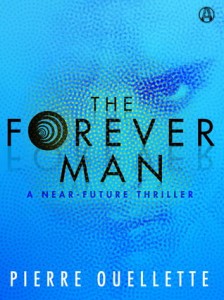

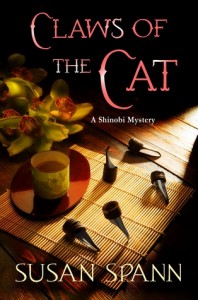 Just like Claws of the Cat, the mystery in Blade of the Samurai is steeped in Japanese politics and culture. At the same time, the possible suspects for the murder include many whose motives are purely personal.
Just like Claws of the Cat, the mystery in Blade of the Samurai is steeped in Japanese politics and culture. At the same time, the possible suspects for the murder include many whose motives are purely personal.